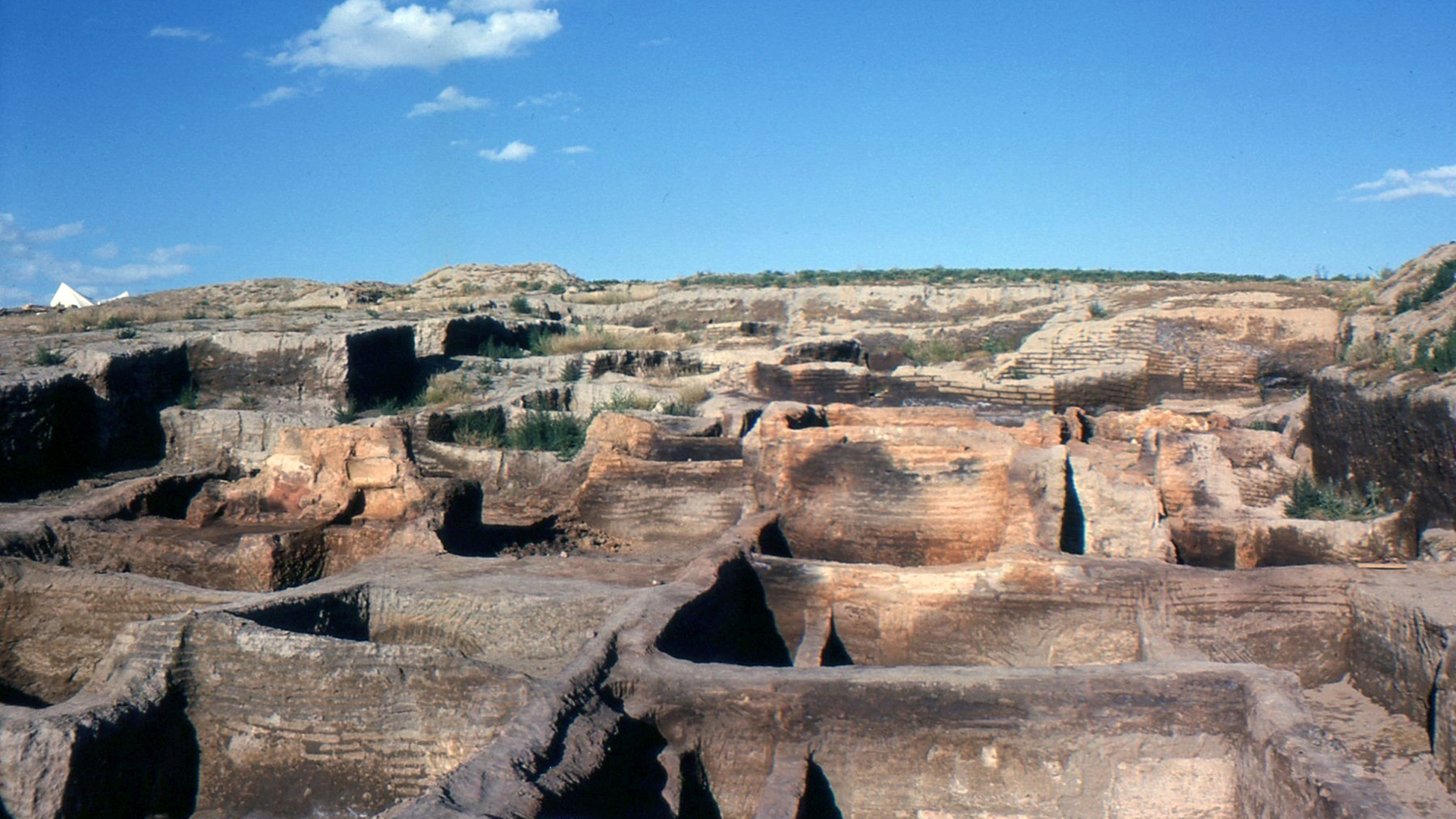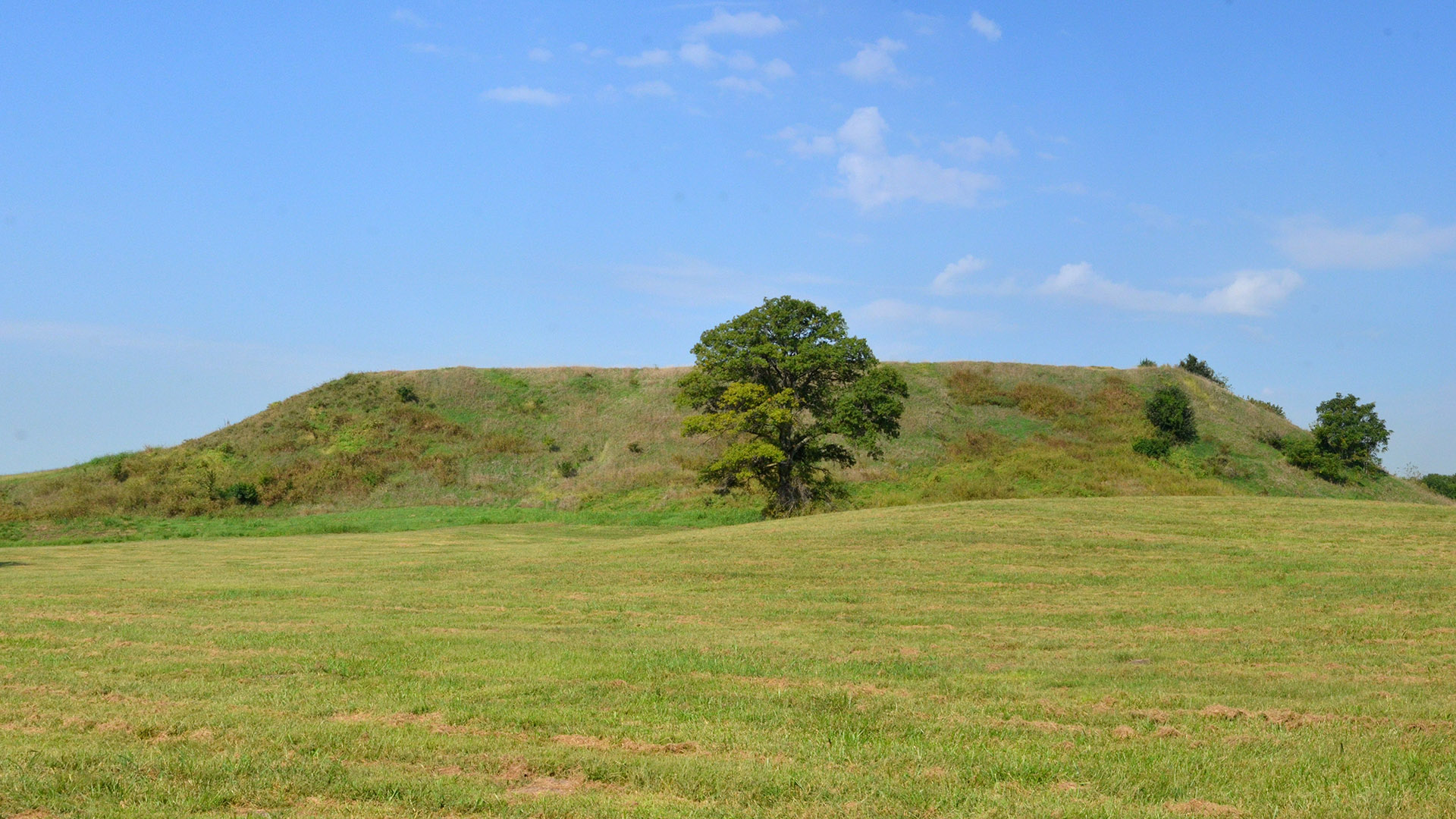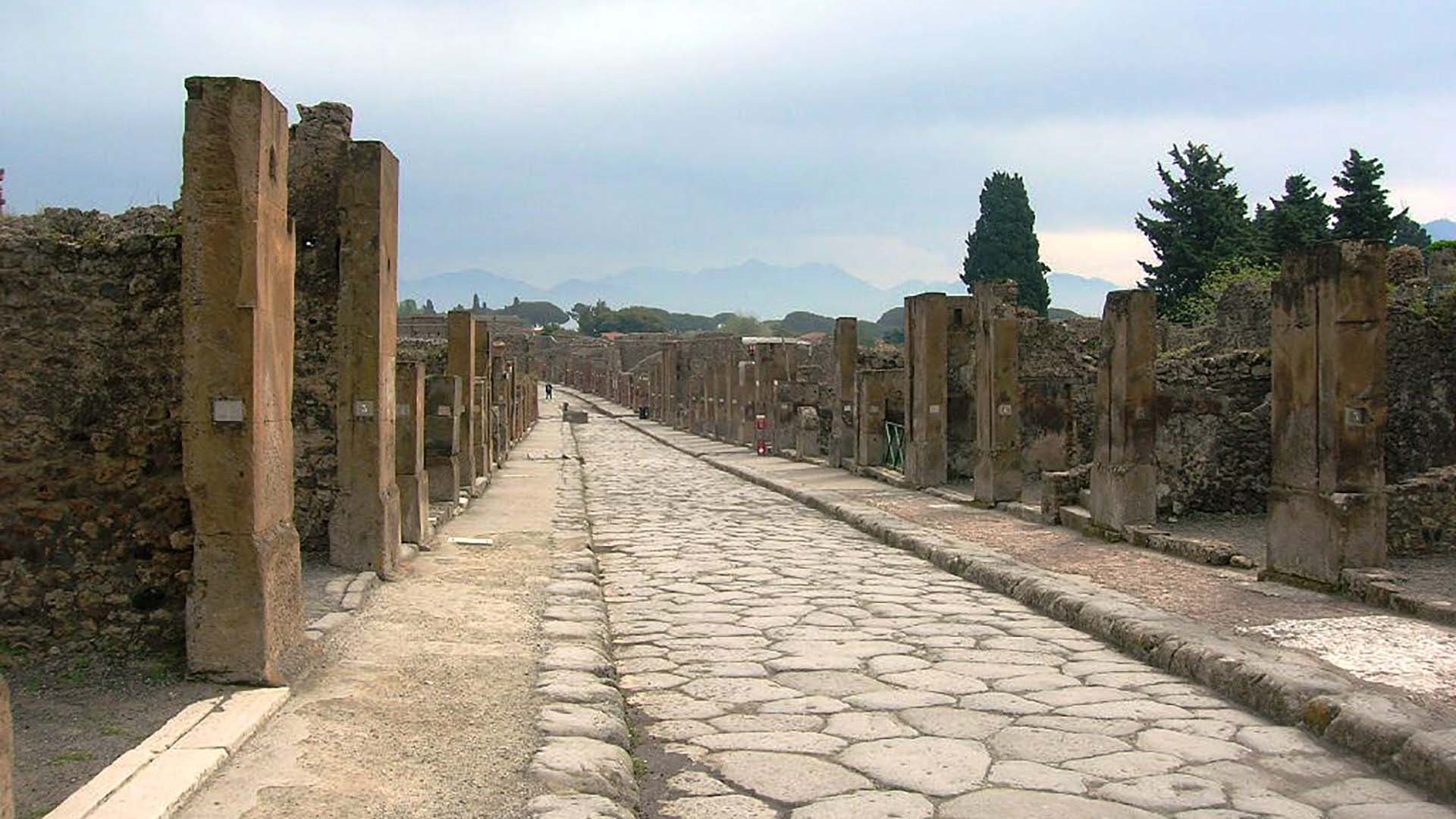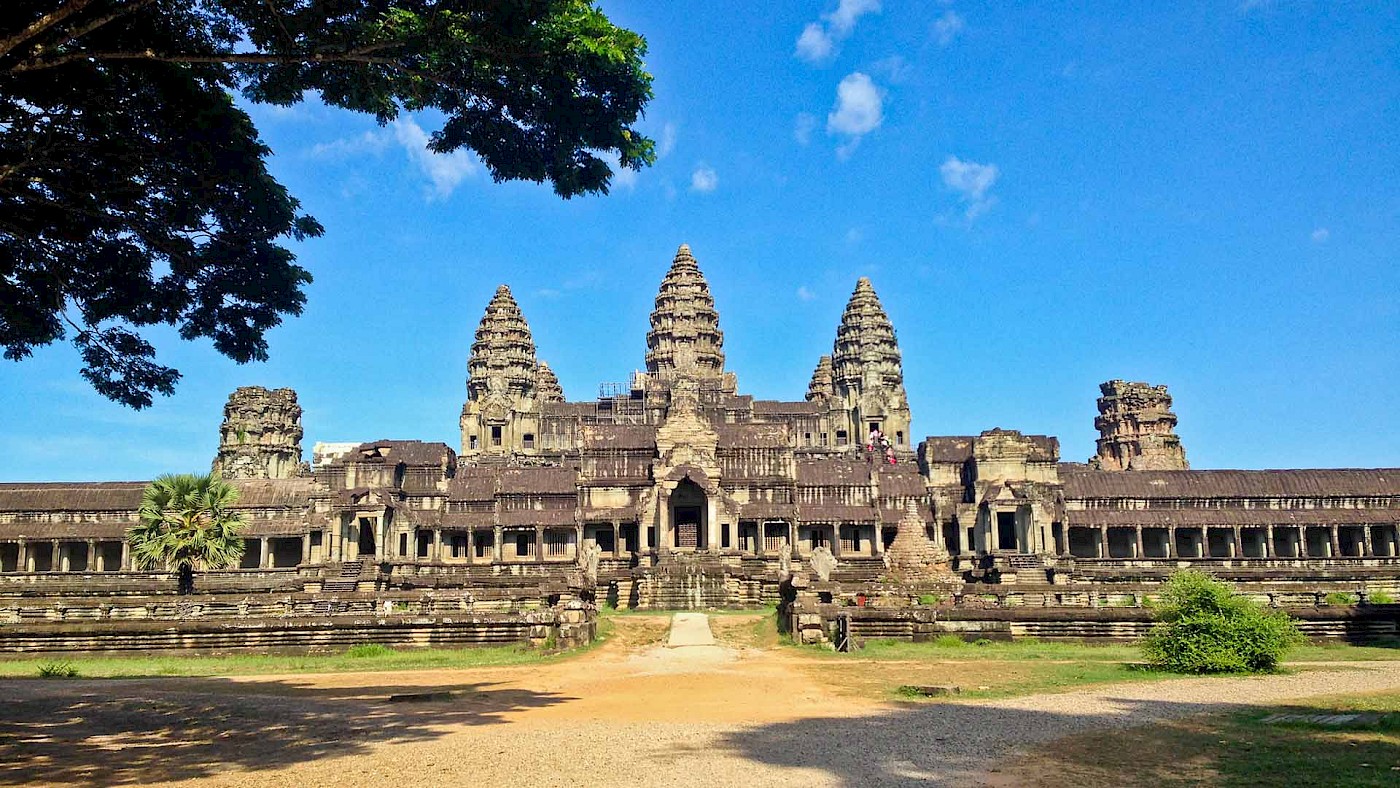Readers of Ancient World Magazine will be familiar with the idea that cities die. From before the volcanic eruption that shattered the Cycladic Island Thera, through the destructions at the end of the Bronze Age, and beyond, we know of many cities that were destroyed or abandoned throughout and before history.
In their recent book, Four Lost Cities: A Secret History of the Urban Age (Norton, 2021), journalist and science fiction author Annalee Newitz explores the life and death of four cities across three continents and many millennia. While the title suggests sensationalism, the content of the book is anything but. Rather, Newtiz takes a down-to-Earth approach to the lives of ordinary people within cities, talking to many archaeologists and historians about current theories behind the destruction and abandonment of these cities.
Newitz’s approach is based on the idea that we can learn from the past to help us avoid similar mistakes in the future. We live in a world in which more than half the population lives in urban environments, and yet these urban environments generate multiple problems: an inability to prevent water contamination; the failure to provide adequate and affordable housing resulting in homelessness; the spread of disease resulting in pandemics. As such, Newitz’s approach to ancient city life is deeply and righteously political.
At the start of 2021, I began listening to Newitz’s podcast, Our Opinions Are Correct, with their partner, science fiction writer Charlie Jane Anders (listen to this episode if you want a taste of this book); I had previously read their novel The Future of Another Timeline, which deals with the question of historical causation through the metaphor of a time-travelling Wikipedia edit battle. As such, I was prepared for this book to be an insightful and deeply political look into urban life throughout history, and Four Lost Cities delivers on that expectation.
The urban age
In the introduction to Four Lost Cities, Newitz asks the question “How do you lose a city?” In doing so, they lay out why this question matters to the twenty-first century CE, and begin to draw in contemporary politics in their discussion of the methodological and theoretical underpinnings of their approach to the loss of a city. They argue that it is essential to understand a city’s life before its demise, as well as the lives of all of the people that live there – not just the people in charge. While there is a little of the deterministic belief that all cities eventually die, there is also the sense that we can benefit from hindsight and perhaps avoid this fate in the present (p. 13):
If we replicate our past failures in the 21st century, we risk spreading a form of toxic urbanism that will change the face of the whole planet – and not in a good way.
Newitz also reveals that the book was originally going to be about the immortality of cities in the future, but events in their personal life altered that approach. On their return from a research trip, they discovered that their father had completed suicide; on a subsequent research trip to Çatalhöyük, they found solace in how archaeologists look at the dead to understand life. I didn’t fully appreciate the significance of this personal history when I first read the book in April, but returning to it in the summer something clicked. This book is not about the destruction of “lost” cities; it is a celebration of their lives.
Four Lost Cities is divided into sections of three chapters on each of the cities that Newitz discusses. The first is Çatalhöyük, in modern Turkey, the oldest known city on the planet, which emerged from the merging together of smaller settlements in the sixth millennium BCE. It is followed by a city familiar to AWM readers: Pompeii in the bay of Naples, which was destroyed by volcano in 79 CE. Next is the Khmer capital Angkor, in Cambodia, familiar for its magnificent reservoirs and temples from the early second millennium CE, but a much larger city than it appears. Finally, there is Cahokia in what is currently the United States, a settlement far larger than many contemporary European settlements – although not Angkor – with little evidence of commerce or other Eurocentric city markers.

No well-informed archaeologist will be particularly surprised by Newitz’s choices of city. What is perhaps more surprising is the breadth and depth of the discussion, given the relatively short length of the book and the fact that they cover all four of them. No familiarity with the cities is necessary to enjoy the book; I knew a little about all of them, but came away knowing much more.
The four parts run roughly chronologically, although Angkor and Cahokia overlap in their use-life. Each is divided into three chapters: the first covers the founding and some of the essential features of the city; the second the social life of the city; the third, its abandonment or destruction. Despite the structural regularity, the book does not feel formulaic or repetitive, nor does Newitz suggest a simple birth-rise-decline structure for each city. Rather, each chapter is rooted in the evidence from the city it discusses, and Newitz complicates the questions of where cities come from and what happens once they are (apparently) lost.
Newitz makes no claims that they themselves are a professional archaeologist, and instead spends most of the book in discussion with names that may be familiar. At Çatalhöyük, they talk to Ian Hodder, who has led the excavations at the site for nearly three decades. On my first read, the mention of Hodder’s name was a moment of relief – clearly this book was going to engage with archaeologists who know what they are talking about, but in an engaging, non-academic fashion. That his introduction leads into an explanation of stratigraphy was even better (p. 23):
[Ian] Hodder is basically the opposite of the Hollywood adventurer Indiana Jones.
Those they talk to at Pompeii include many familiar names, too – Andrew Wallace-Hadrill, Sophie Hay, Eric Poehler, and more. By the time I got to the sites I knew less well, Angkor and Cahokia, I was confident that Newitz was talking to people who knew their stuff. Here I learned about LIDAR work at Angkor by a team led by Damien Evans; University of Hawaii anthropologist Piphal Heng’s personal history with the site of Angkor; and the excavations at Cahokia led by Sarah Baires of Eastern Connecticut State University and Melissa Baltus of the University of Toledo. The final chapter also includes discussion of the work of Coushatta-Chamorro artist Santiago X and Ohkay Owingeh author Rebecca Roanhorse as it relates to the reception of Cahokia in the present day.

There is a bias toward scholars based in the Anglophone world, including in the works referenced, although this is less concerning in a public-facing book. It would have been reassuring to see more Turkish, Italian, Cambodian, and Indigenous American names among the scholars consulted.
Accompanying these archaeologists are descriptions of their methodological and theoretical frameworks. With Hodder, we learn about entanglement; with Poehler, data archaeology. It is difficult for me to gauge how these come across to non-specialists, but the explanations, like that of stratigraphy, strike me as accessible and accurate. There’s also some discussion about what it’s actually like to excavate, as Newitz joined the team at Cahokia for two seasons. Newitz communicates well how we understand the archaeological record, including some – but not too many – competing theories (p. 233):
I couldn’t stop thinking about how I licked the bones of a deer that had been cooked for a feast at Cahokia 900 years ago. I wished I had been there to see the party, but this might have been the next best thing.
The found and the lost
It might be surprising to learn that these practices are well-communicated, given that the title Four Lost Cities: A Secret History of the Urban Age may well set some archaeologists’ teeth on edge. On the one hand, there is the on-going and tiresome belief that clearly imaginary cities such as Atlantis are “lost” and can be rediscovered if we just pick and choose the right bits of Plato’s story. On the other, the trope of the “lost city” has been deployed by colonizing nations over the past several centuries to paint colonized nations as lesser versions of their once prosperous selves, and to suggest that these places do not appreciate the treasures of their past. Newitz tackles both of these problems head-on, in the introduction of the book and again throughout, especially in their discussions of Angkor and Cahokia (pp. 4-5):
The “lost city” is a recurring trope in Western fantasies, suggesting glamorous undiscovered worlds where Aquaman hangs out with giant seahorses.
In the 1860s, France claimed Cambodia as a protectorate and the legacy of this colonization has had a profound effect on our understanding of the history of Angkor ever since. Stories of French explorers discovering the site were popular, despite the centuries of visitors from other Asian states and even Europeans beforehand. It was even suggested that Angkor Wat could not have been built by Cambodians, but must have been the work of Egyptians or Greeks – impossible claims about the construction of monuments are not limited to extraterrestrials; there is a long, on-going history of archaeologists letting their racism do their interpretations for them.
However Angkor, like all of the sites Newitz has chosen to look at in this book, is a great example of how cities are rarely ever truly lost. After it was abandoned by the kings that ordered the construction of the monumental architecture, lower-class citizens continued to live and farm in the area, and the religious structures housed communities of monks for centuries until the colonizers forced them to leave. Something similar happens at Çatalhöyük, as the residents drift back into village life and use the old city as a burial ground. The mounds of Cahokia stood visible in the landscape until Europeans began making their way into the continent, and even the buried Pompeii was not entirely forgotten.

Following the lead of the archaeologists they speak to and read, Newitz instead emphasises transformation. It’s an essential part of their argument of the relevance of the histories of these cities to the contemporary world, as in the epilogue, they discuss the ways in which our cities will need to transform as political instability, authoritarian nationalism, and the climate crisis batter them to near-death (p. 237):
That’s why many archaeologists today are questioning the idea that civilizations have “classical” or “peak” phases that we can contrast with a “collapse” phase. The idea of collapse comes out of the same 19th- and early 20th-century colonial traditions that brought us the idea of lost cities miraculously “discovered” by European archaeologists.
Newitz’s approach ties into another book I have been reading for a forthcoming Ancient World Magazine review: Rachel Crellin’s Change and Archaeology in Routledge’s Themes in Archaeology series. Crellin argues that one of the problems with understanding change in the archaeological record is that we try to separate the past from the present, rather than understanding that material continues to change right up until the present. Change is constant, and to pepper history with breaks and divides is a hindrance to our understanding of history.
Elsewhere, Newitz writes: “Over time, civilizations eventually morph into something else entirely, but they infuse future societies with their lingering traumas — as well as their hopeful ideals.” The destruction, dissolution, or abandonment of a city is part of that “morphing” or transformation – not an ending, but part of an on-going history.
Secret histories
The secret to the survival of cities lies not only in their governance structure, but in their populations as a whole. Throughout this book, Newitz is concerned not with the ruling elites – emperors, priests, or elders – but with working people, the enslaved and the freed, business women, and engineers. From Newitz’s perspective, these cities were not built by the elites making the decisions, but by the people lifting the stones (p. 147):
While their kings waged wars abroad and fought internecine battles in court at home, the Khmer people razed the tropical jungle and replaced it with an orderly city grid, complete with elevated, flood-proof houses and a canal network for drinking water and irrigation.
This approach is the core of the politics of the book – elites have a duty of care to the masses that do their work for them, and that duty extends to city infrastructure as well as social security nets. Failure to account for a changing climate led to disaster at Angkor; where disaster was perhaps unpredictable, it is the financial support of the Roman government that allowed refugees from Pompeii to overcome disaster. In the epilogue, Newitz notes how similar successes and failures can be seen in cities across the United States, from economic crises in their home city of San Francisco to the natural disaster-struck New Orleans. Such crises need not lead to abandonment, but be an opportunity for revival.
One of the things that I find most valuable in studying archaeology in history is that it often provides templates for how things might be done differently. We seek similarity, and Newitz makes many comparisons between the four cities they discuss and to the contemporary world, but this can be overemphasised and limit our imagining of the variety of the human species. In some cases, the similarities serve to bring out startling differences that emphasise what we might be capable of if we were less constrained by the individualist, capitalist mindset. Çatalhöyük and Angkor have very different layouts to modern European cities; Cahokia offers a model for a city coming together for a reason other than trade.
In Four Lost Cities, Newitz puts forth the idea that we can learn from the lives of cities that have died how to avoid or survive the possibility of a coming loss of cities with the crises facing us in the twenty-first century CE. This survival relies on understanding and appreciating the variety of human experience in the past through the majority of people, and that even when something dies, there can still be a part of it that survives.
